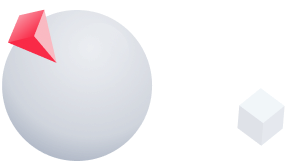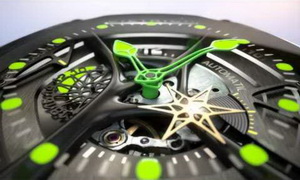Новые возможности Bongo 2
- Масштабируемая шкала времени и новый редактор кривых с расширенными возможностями контроля над процессом анимации.
- Сохранение нескольких анимаций в один файл.
- Контроль множества параметров с помощью нового редактора ключевых кадров и улучшенного процесса построения промежуточных изображений анимации (твининга).
- Создание архитектурных анимаций из набора именованных видов.
- Анимация механических систем с использованием автоматической инверсной кинематики.
- Морфинг объектов, анимация слоев, анализ положения солнца, применение видео-текстур, поддержка новых видео-форматов и многое другое.
- Поддержка Rhino 6 для Windows.

Принцип работы плагина
Данные анимации захватываются из преобразований объектов и сохраняются в ключевых кадрах в текущей позиции ползунка временной шкалы. Эти ключевые кадры отображаются на шкале времени и могут редактироваться после их создания с помощью редактора ключевых кадров. Для создания промежуточных изображений между ключевыми кадрами применяется интерполяция свойств объектов и видов с использованием метода твининга.
Преобразования объектов, такие как вращение и масштабирование, всегда выполняются относительно опорной точки анимации. При наличии дочерних объектов преобразование родительских объектов приводит к соответствующему изменению дочерних объектов. Преобразование объектов и видов может быть привязано к криволинейным путям или другим объектам с помощью диспетчера зависимостей.
Анимация объекта может включать в себя повторяющиеся циклы преобразований. Для просмотра анимации используется окно Rhino или любой другой совместимый с Rhino визуализатор.










